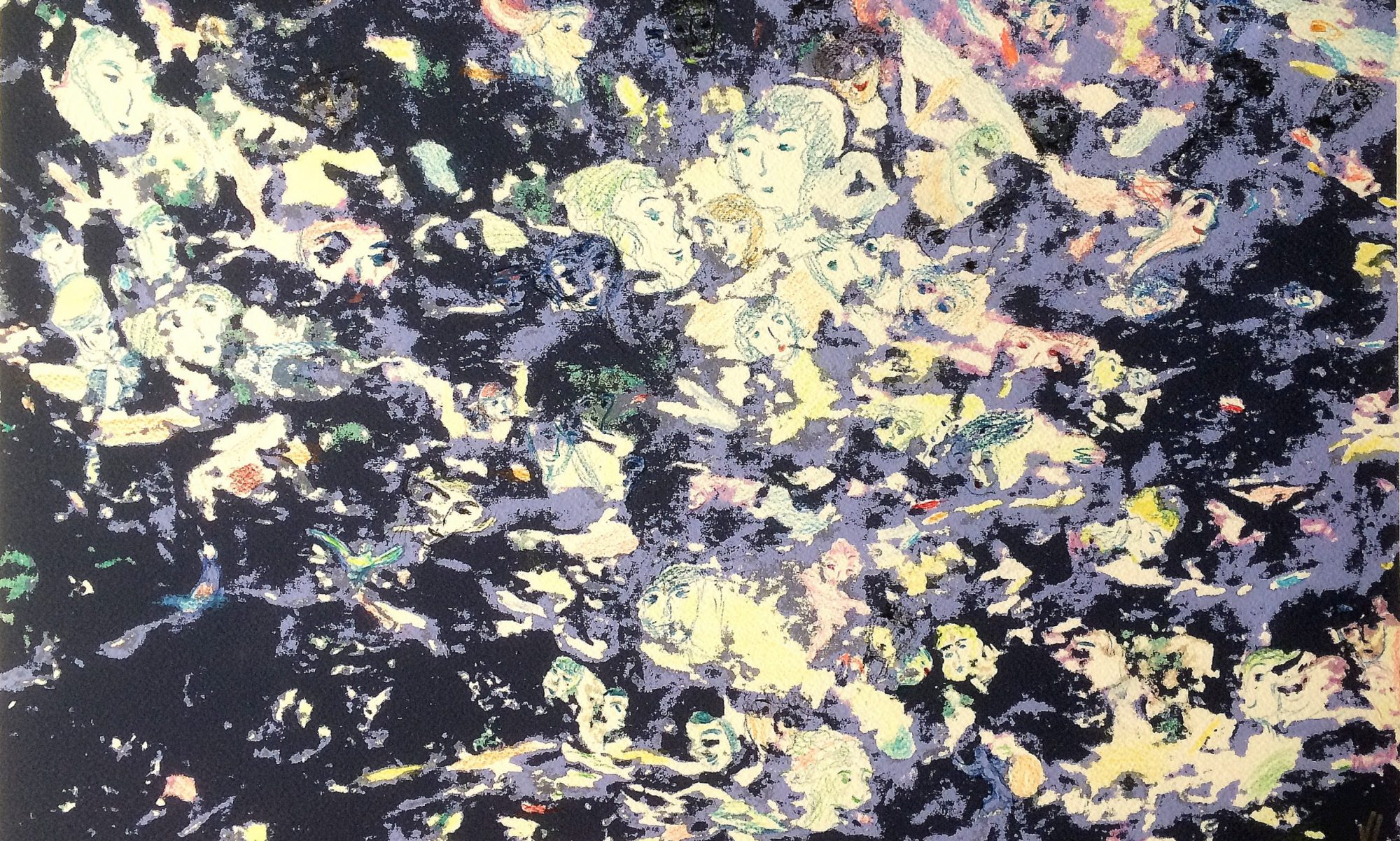First published in The Times of Israel, July 29, 2020. The link to the publication is here.
GLANCE INTO THE HISTORY & PRAYERS VIA ARTWORKS
Instrument of Survival
The longer we live, the more reflective every Tisha B’Av gets. It is a natural development of course, on a border of cliche: the more one knows, the more one reflects. Tisha B’Av, the 9th of Av in Hebrew calendar, is so special day for Jewish people who care about their history that it can be called an annual contra-point for those of us who are not indifferent to the reasons for our falls and the search for ways out of it.
Every year, Tisha B’Av is perceived differently which is not that surprising, too. We do know that the one of the most amazing things in spiritual dimension of Judaism is the fact that in overwhelming majority of cases, as weekly Parasha almost always refers to what’s going around us and in the world with stunning synchronising, as Tisha B’Av annually refers to a number of events and developments around us in a most relevant in-tune.
And, as it is natural for a human being, many of us refer to history in our thoughts finding parallels, looking for essential triggers, analysing. And – recalling, commemorating, thinking back.
When memory is living and functioning one, not only we add more decency to this word of ours, but we uplift our own lives, the level of one’s existence – if only because of a simple reason of re-activating and bringing back the energy of people who are gone.
Those people lived and passed away under so different circumstances. It had happened throughout the layers of the past. They were here, in this world, they were laughing, crying, thinking, speaking. They had their thoughts and hopes. Perhaps, somebody once would remember some of us, too.
Remembrance is an essential part of humanity. It is a life-rope, literally, for both those who are gone and those who are living and remembering.
In my understanding, memory is an ultimate instrument of survival. Doubly so, for Jewish people, with our painful, so deeply painful history.
The full text of the essay can be read here.

